#complex architecture
Explore tagged Tumblr posts
Text


Picture this: A bridge, an Occult Bridge, stretches across a chasm that defies earthly logic. Its arches curve like the ribs of a cosmic serpent, and upon its surface, Fractal Geometric Patterns dance—a symphony of sacred geometry. These patterns ripple and twist, tearing the fabric of reality itself. Step upon this bridge, and you tread upon the threshold of other dimensions.
#quantum mechanics#complex architecture#surrealism#steampunk#crystals#rose quartz#amethyst#obsidian#diamond#gold#graphic art#graphic design#ai generated#ai artwork
6 notes
·
View notes
Text

housing complex
#© victor s. brigola#brigola#housing complex#architecture#genova#italy#italia#circle#square#le lavatrici#pegli 3#fuji xt5
327 notes
·
View notes
Text

Alhambra, Granada, Spain: The Alhambra is a palace and fortress complex located in Granada, Andalusia, Spain. It is one of the most famous monuments of Islamic architecture and one of the best-preserved palaces of the historic Islamic world, in addition to containing notable examples of Spanish Renaissance architecture. Wikipedia
#Alhambra#Fortress Complex#Islamic architecture#Renaissance architecture#Monument#Granada#Andalusia#Spain
275 notes
·
View notes
Text

Spomenik Borcima Kosmajskog Odreda (1966) Monument in Koraćica, Serbia
#Spomenik Borcima Kosmajskog Odreda#serbia#structure#architecture#Gradimir Medakovió#Kosmaj Memorial Complex#1966
1K notes
·
View notes
Text
In his 1956 book The Marlinspike Sailor, marine illustrator Hervey Garrett Smith wrote that rope is “probably the most remarkable product known to mankind.” On its own, a stray thread cannot accomplish much. But when several fibers are twisted into yarn, and yarn into strands, and strands into string or rope, a once feeble thing becomes both strong and flexible—a hybrid material of limitless possibility. A string can cut, choke, and trip; it can also link, bandage, and reel. String makes it possible to sew, to shoot an arrow, to strum a chord. It’s difficult to think of an aspect of human culture that is not laced through with some form of string or rope; it has helped us develop shelter, clothing, agriculture, weaponry, art, mathematics, and oral hygiene. Without string, our ancestors could not have domesticated horses and cattle or efficiently plowed the earth to grow crops. If not for rope, the great stone monuments of the world—Stonehenge, the Pyramids at Giza, the moai of Easter Island—would still be recumbent. In a fiberless world, the age of naval exploration would never have happened; early light bulbs would have lacked suitable filaments; the pendulum would never have inspired advances in physics and timekeeping; and there would be no Golden Gate Bridge, no tennis shoes, no Beethoven’s fifth symphony.
“Everybody knows about fire and the wheel, but string is one of the most powerful tools and really the most overlooked,” says Saskia Wolsak, an ethnobotanist at the University of British Columbia who recently began a PhD on the cultural history of string. “It’s relatively invisible until you start looking for it. Then you see it everywhere.”
— The Long, Knotty, World-Spanning Story of String
#ferris jahr#the long knotty world-spanning story of string#history#prehistory#marine history#naval history#textiles#clothing#agriculture#architecture#sculpture#botany#ethnobotany#stonehenge#giza pyramid complex#moai#hervey garrett smith#saskia wolsak#string#rope
3K notes
·
View notes
Text

Clichy, décembre 2024
#photography#photographie#photograph of tumblr#urban photography#urban area#france#paris#clichy#92#cityscape#buildings#walls#HLM#architecure#architectural complex#le calme dans la ville#suburban architecture#suburbia#memoria#memorabilia
58 notes
·
View notes
Text
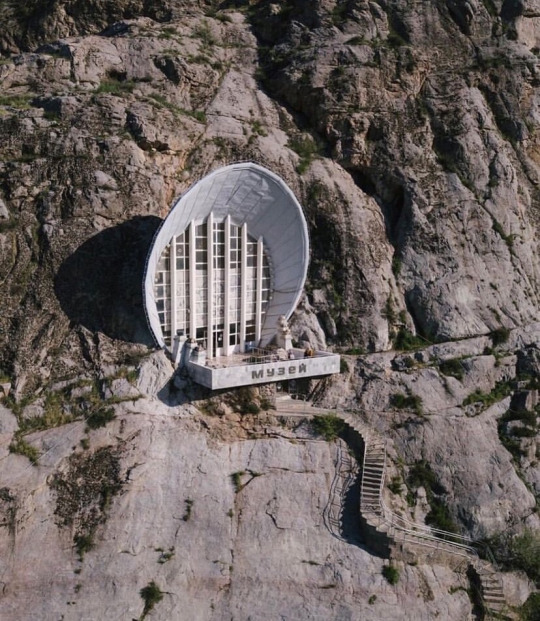

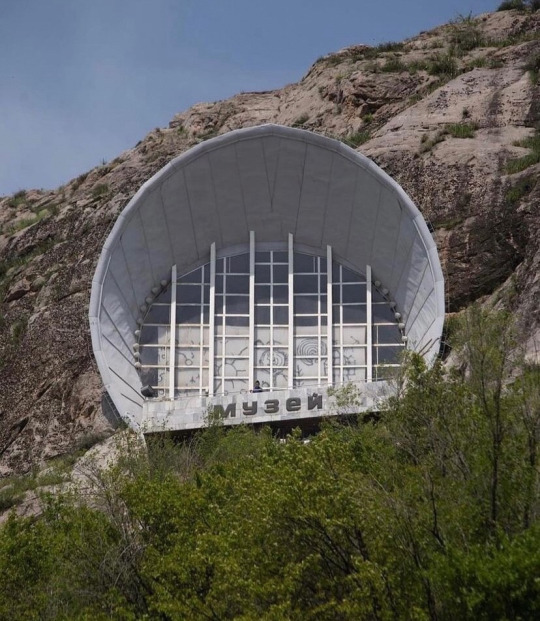
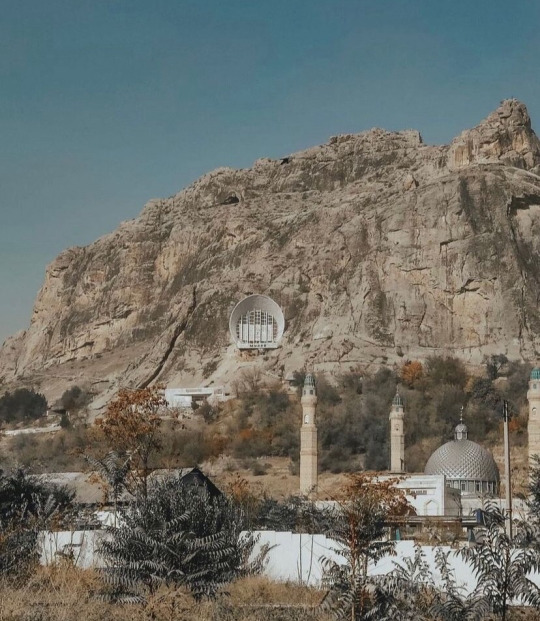

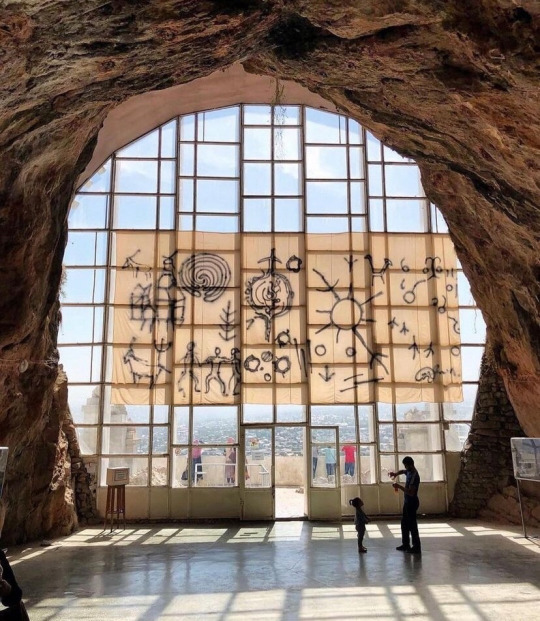
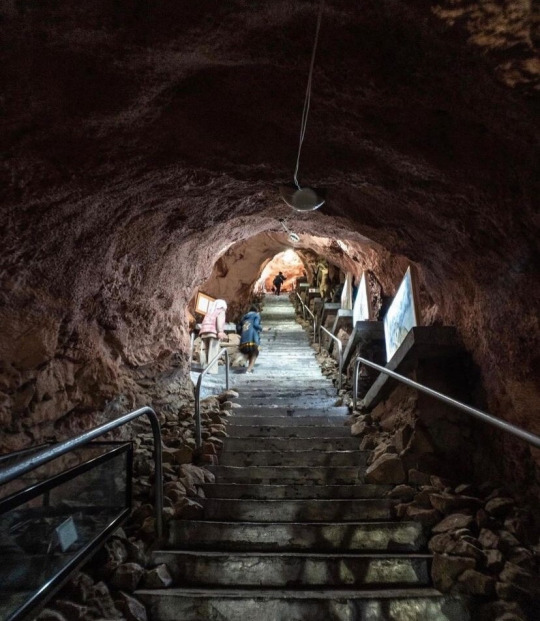
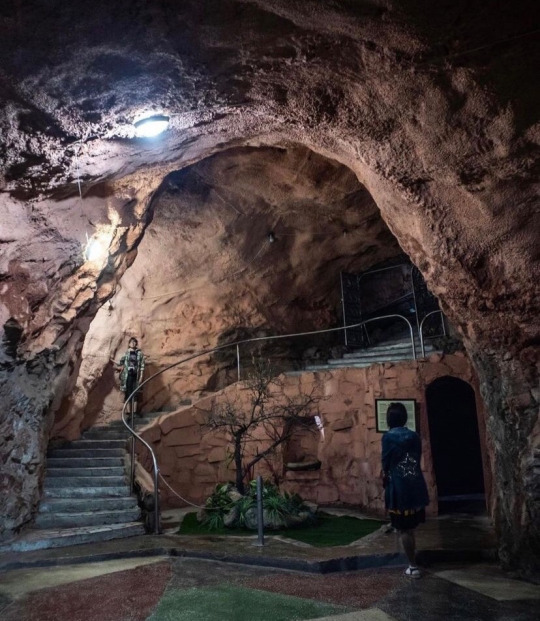
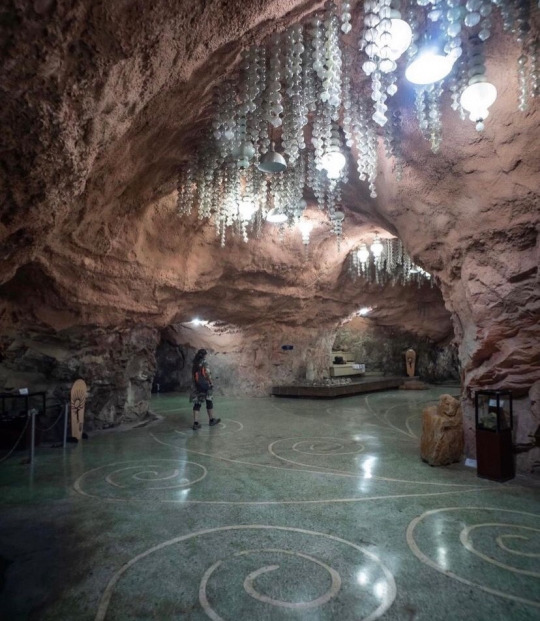
𝙻 𝚘 𝚅 𝚎
National Historical and Archaeological Museum Complex Sulayman, Osh. Kyrgyzstan 🇰🇬 (1949)
#Travelingwithoutmoving 🧭🧳
#architecture #architecturephotography #architecturelovers #architectureporn #architecturedesign #architecturelover #architecturephoto #architecturedaily #architecture_hunter #architecturedetail #architecturephotos #architecturedose #architectureanddesign #architecturelife #architecturegram #architecturelove #architecturephotograpy #architectures #architectureinspiration #architecture_view #architektur #architekturfotografie #architekturfotograf #architektur_erleben #architekturliebe #architekturporn #architekturelovers
What A Wonderful World by Louis Armstrong 🎧

#l o v e#Osh. Kyrgyzstan#kyrgyzstan#🇰🇬#4/2024#traveling#Sulayman#Complex#Archaeological Museum#Archaeological#Museum#National Historical#Historical#architecture#architecture love#architecturelovers#architecturephotograpy#nostalgia#aesthetic#old aesthetic#building#architecturephoto#culture#vintage#old building#1940s#x-heesy#now playing#music and art#contemporaryart
208 notes
·
View notes
Text

Dendera Temple Complex : Egypt My mother had made the decision to travel to Israel, Jordan and Egypt. It has been a life long pilgrimage for mum. She was soo disappointed when this opportunity came up, COVID hit. Eureka this time the trip went off without a hitch. So of course I asked to share some of her photos of the trip. Some not so clear as they taken on her iPhone
#original photography#travel photography#original photographer#original artist#photographers on tumblr#ancient egypt#egyptology#egyptian#Dendera Temple Complex#archeology#Middle Kingdom ancient egypt#hieroglyphs#ancient architecture#historical architecture#history
197 notes
·
View notes
Text

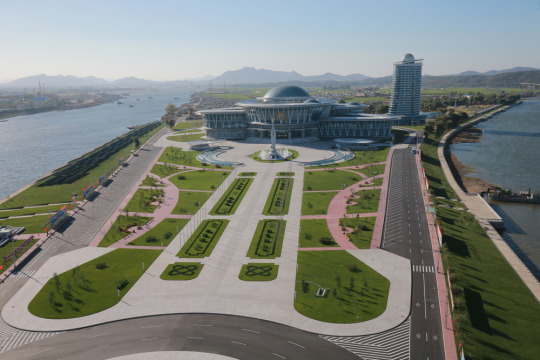


Sci-Tech Complex science center in Pyongyang
35 notes
·
View notes
Text
Vardzia, a Medieval Cave City in Georgia (South Caucasus), c.1150-1200 CE: Vardzia was built as a fortress/monastery, and it was accessible only through hidden passageways; it contained more than 6,000 caves, 15 chapels, 25 wine cellars, an apothecary, a forge, a bakery, farming terraces, and an irrigation system

The monastic caves at Vardzia cover an area of about 500 meters. They are carved into the cliffs along the Erusheti mountains, which are located in Javakheti (a southern province near the borders between Georgia, Turkey, and Armenia).
Vardzia was originally meant to serve as a fortress, particularly in the event of a Mongol Invasion. It was protected by defensive walls, and the cave system itself was largely concealed within the mountain (though much of it is now exposed); it also contained a secret escape tunnel and several dead-end tunnels that were designed to delay/confuse enemy forces. The cave city could only be accessed through a series of hidden passageways that began near the banks of the Mtkvari River (which runs through the valley below the cave complex). Water was supplied through an irrigation system that was connected to the river, providing the inhabitants with both drinking water and agricultural irrigation, as the site contained its own terraced farmland.
The cave complex also functioned as a monastery, with a large collection of manuscripts and relics ultimately being housed at the site.

In its prime, the complex at Vardzia was inhabited by tens of thousands of residents.

Unfortunately, most of the original structures at Vardzia were destroyed by an earthquake that struck the region in 1283 CE, just a century after its construction; the earthquake sheared away the outer layer of the cliffside, exposed many of the caves, and demolished almost two-thirds of the site. The surviving structures represent only a fraction of the cave complex that once existed at Vardzia, with only about 500 caves still intact.
When the earthquake tore through the site in 1283, much of the fortress and many of its defenses were also destroyed, and Vardzia lost most of its military/defensive purposes. Still, it continued to operate as a Georgian Orthodox monastery for several hundred years after that. It narrowly escaped the Mongol Invasions of the 1290s, but it was raided by the Persians during the 16th century; the invading forces burned many of the manuscripts, relics, and other items that were stored within the cave system, leaving permanent scorch marks along the walls of the inner chambers. The site was abandoned shortly thereafter.

Medieval portrait of Queen/King Tamar: this portrait is one of the Medieval frescoes that still decorate the inner chambers of Vardzia; Tamar was the first queen regnant to rule over Georgia, meaning that she possessed the same power/authority as a king and, as a result, some Medieval sources even refer to her as "King Tamar"
Vardzia is often associated with the reign of Queen Tamar the Great, who ruled over the Kingdom of Georgia from 1184 to 1213 CE, during a particularly successful period that is often known as the "Golden Age" of Georgian history. Queen Tamar was also recognized as the Georgian King, with Medieval sources often referring to her as King Tamar. She possessed the powers of a sovereign leader/queen regnant, and was the first female monarch to be given that title in Georgia.
The initial phases of construction at Vardzia began under the command of King George III, but most of the complex was later built at the behest of his daughter, Queen Tamar, who owned several dedicated rooms at Vardzia and frequently visited the cave city. Due to her relationship with the cave complex at Vardzia, Queen Tamar is sometimes also referred to as the "Mountain Queen."
Despite the damage that the site has sustained throughout its history, many of the caves, tunnels, frescoes, and other structures have survived. The site currently functions as a monastery once more, with Georgian monks living in various chambers throughout the cave system.

I visited Vardzia back in 2011, during my first trip to Georgia. It's an incredible site, though some of the tunnels are very narrow, very dark, and very steep, which can get a bit claustrophobic.
Sources & More Info:
Atlas Obscura: Vardzia Cave Monastery
CNN: Exploring Vardzia, Georgia's Mysterious Rock-Hewed Cave City
Lonely Planet: Vardzia
Globonaut: 5 Facts about Vardzia, Georgia's Hidden Cave City
Wander Lush: Vardzia Cave Monastery (complete visitor's guide)
#archaeology#anthropology#history#vardzia#georgia#caucasus#cave city#cave complex#monastic caves#artifact#architecture#military history#Tamar#religon#comparative religion#medieval fortress#middle ages#medieval church#medieval europe#travel#I think I'd need#all 25 wine cellars#just to get through a Mongol invasion
620 notes
·
View notes
Text




Andalusien - Alhambra (2) (3) (4) by tombomba2
#historic landmark#historic buildings#palace#fortress complex#islamic architecture#stone carving#relief sculpture#sculpture#cats#tiles#spain#andalusia#andalucia#granada
18 notes
·
View notes
Photo








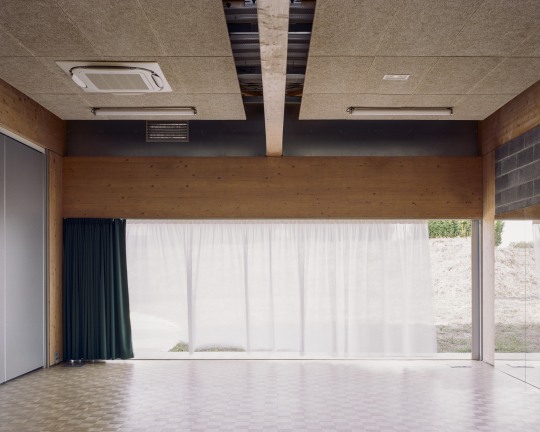

Studio Rijsel - Dance school, Phalempin 2020. Photos (C) Séverin Malaud.
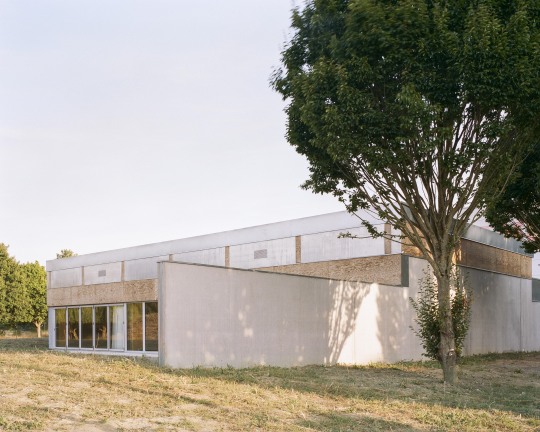

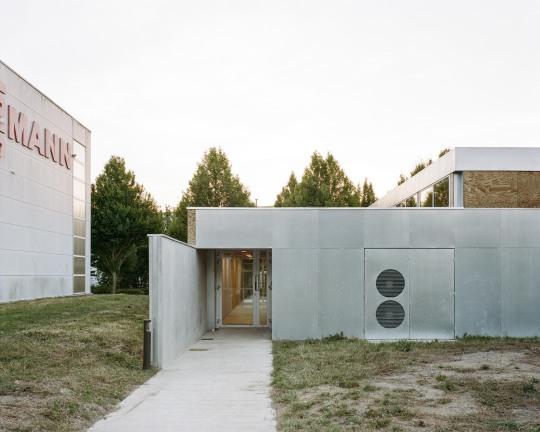
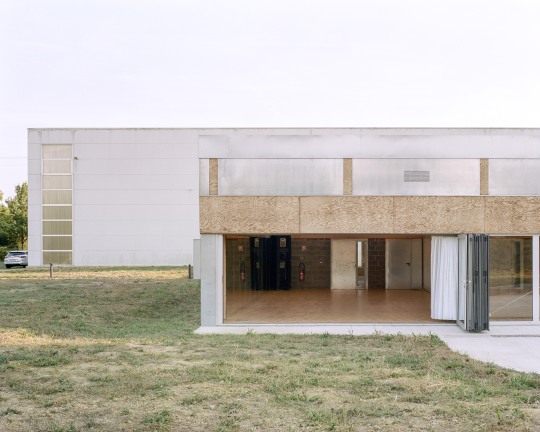


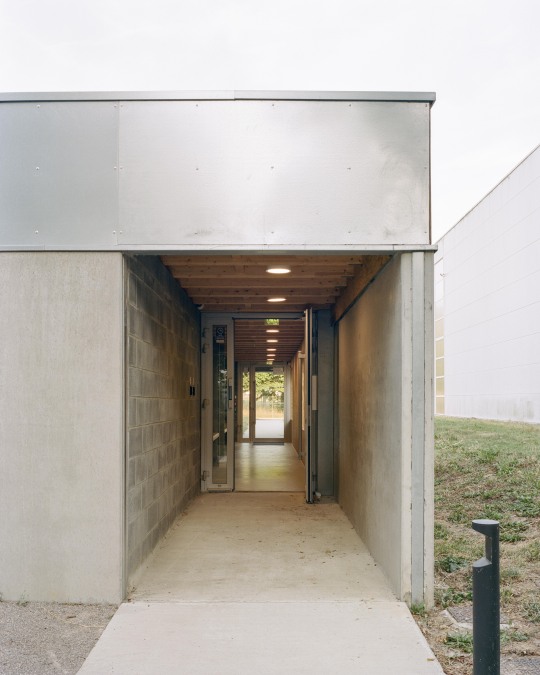

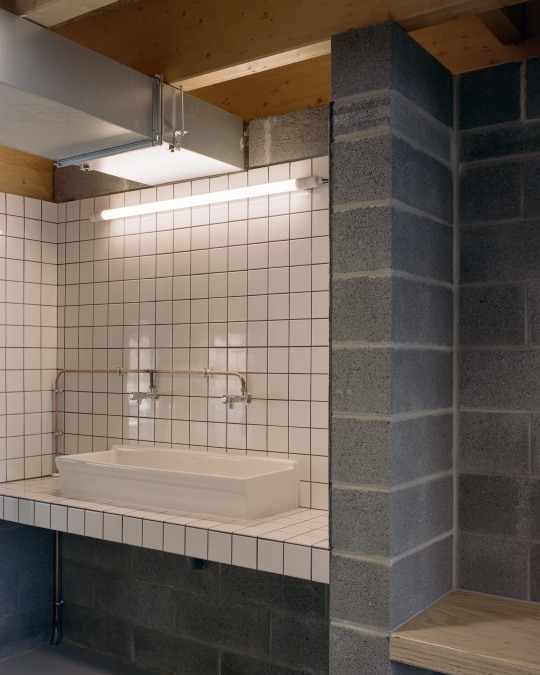


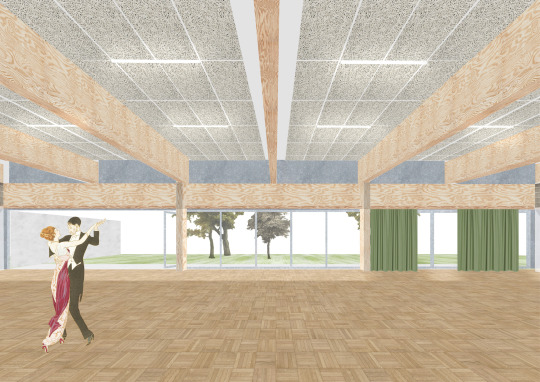
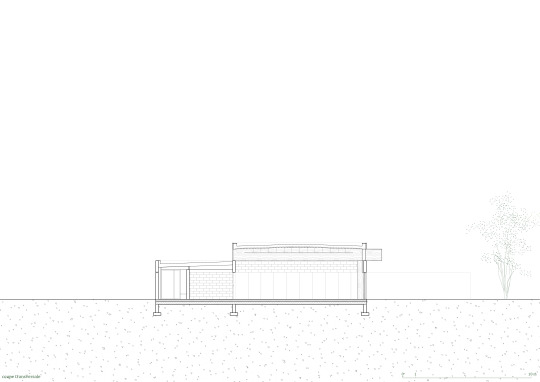

229 notes
·
View notes
Text

#urban#bucharest#apartment buildings#apartment complex#architecture#buildings#citycore#europe#urban photography#urban decay
13 notes
·
View notes
Text

Karl-Wrba-Hof (1979-83) in Vienna, Austria, by Rupert Falkner, Ernst Irsigler, Matthäus Jiszda, Franz Kaminsky, Stefan Karabiberoff, Werner Schröfl, Helmut Schultmeyer, Hedy Wachberger & Gunter Wratzfeld
155 notes
·
View notes
Text




芋頭奶油冰淇淋 // taro cream softserve
#idk why 'down to the mall' sounds so ominous to me#it was the only floor with that phrasing#i think they meant mall as in pedestrian promenade because 中庭 is courtyard and i was already in the shopping complex#maybe it makes me think of 'down to the crypt' or something#taiwan#taipei#photography#architecture#streets#信義區
13 notes
·
View notes
Text




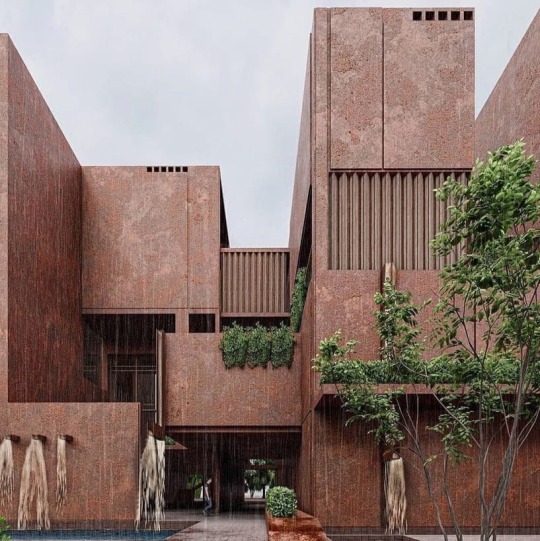


Hayat Residential Complex in Yazd, Iran 🇮🇷
instagram ℹ️
#Travelingwithoutmoving 🧭
#architecture #architecturephotography #architecturelovers #architectureporn #architecturedesign #architecturelover #architecturephoto #architecturedaily #architecture_hunter #architecturedetail #architecturephotos #architecturedose #architectureanddesign #architecturelife #architecturegram #architecturelove #architecturephotograpy #architectures #architectureinspiration #architecture_view #architektur #architekturfotografie #architekturfotograf #architektur_erleben #architekturliebe #architekturporn #architekturelovers
𝙷𝚎𝚖 𝙴𝚟𝚒𝚖𝚜𝚒𝚗 𝙷𝚎𝚖 𝙲𝚎𝚑𝚎𝚗𝚗��𝚖𝚒𝚖 (𝚈𝚘𝚞 𝚊𝚛𝚎 𝚋𝚘𝚝𝚑 𝚖𝚢 𝚑𝚘𝚖𝚎 𝚊𝚗𝚍 𝚖𝚢 𝚑𝚎𝚕𝚕) 𝚋𝚢 𝙻𝚊𝚕𝚊𝚕𝚊𝚛 🇹🇷 🎧

#l o v e#Designer house#5/2024#Hayat Residential Complex in Yazd#Iran#Yazd#Hayat Residential Complex#Hayat Residential#architecture#aesthetic#travel#Persia#🇮🇷#iran 🇮🇷#architectureinspiration#architecturedose#architecturephotos#architecturelife#architecture details#architecturedaily#architecturelovers#architecturedesign#architecturephotography#traveling#x-heesy#now playing#music and art#contemporaryart#modern home
48 notes
·
View notes